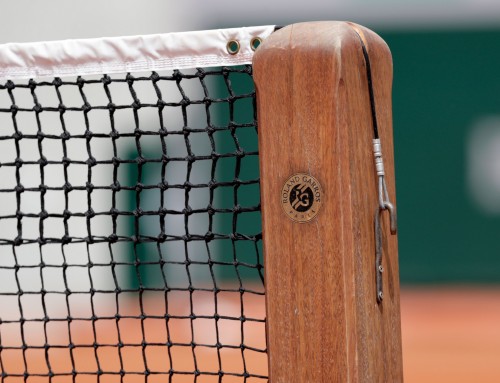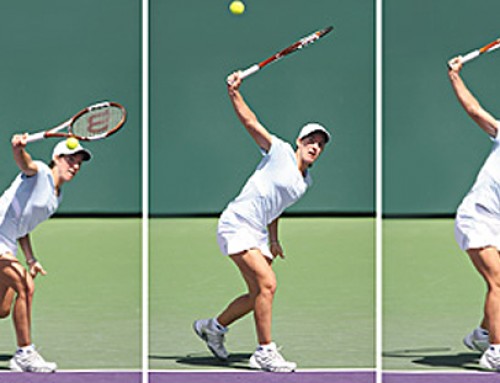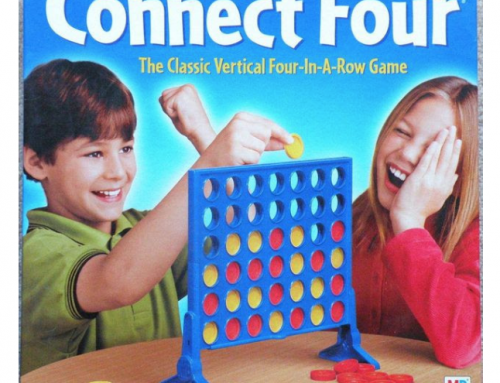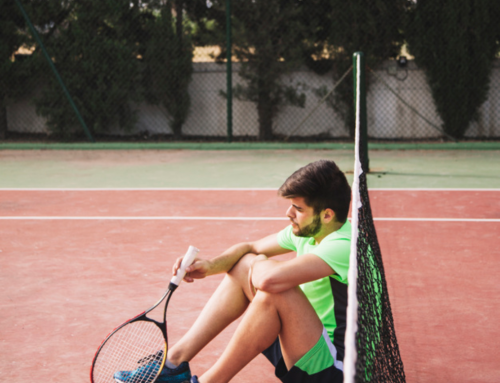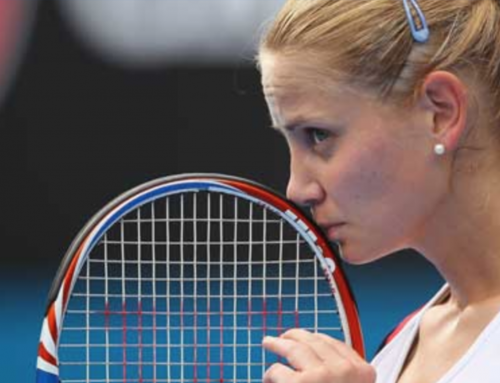
Greetings Essential Tennis readers. I hope that you are finding these articles helpful and informative. If you ever have any questions or suggestions feel free to contact me at ian@essentialtennis.com.
Several weeks ago I wrote about the importance of good contact. I daily remind my students that technique becomes almost irrelevant if the strings are not being hit, and so obviously its an extremely high priority on the list of things to accomplish in each and every tennis swing you make. And so, the question is then asked: “Ok great, I understand, but HOW do I hit the strings more often?!”.
This task is easier for some people than others. How often you hit your frame or off center on the string face is going to be determined by three main elements: your concentration level, how well you physically watch the ball, and your overall coordination abilities. Below I will cover all three.
Did you know that only a very small percentage of your eye is actually able to focus on a tennis ball, or anything else for that matter? The human eye is able to view almost 180 degrees of vision. Out of those 180 degrees, only two or three of them are actually finely focused and used for daily tasks such as reading, driving, or whatever else your “focus” happens to be on at the time. I often demonstrate this to lessons by picking up two tennis balls, each with a different number on them. I present one to the student about 3 feet away from their eyes and ask for their focus to be on the number of the ball, and to keep it there. I then take the second ball, and start about two feet away from the first one, and ask if they can read the number on the second ball without moving their eyes from the first. The answer is always “no”. Then I slowly move the second ball towards the first, to see how far away they can read the number without moving their eyes. Most students can read the second ball once it gets about 2-4 inches from the first. Thats it! From three feet away, you’ve got about 3 inches of focused eye sight. If that small percentage is not locked on to the ball as it is traveling towards you and meeting your strings, you’re using blurry vision to see the ball, and sometimes (depending on your habits) no vision at all! Your focused vision will ONLY stay on the ball if you move your eyes along with the ball through out its path to your racket.
Now that you understand how crucial this watching business is lets discuss the actual technique. What I teach people to do is what I do myself. It’s very counter intuitive at first, but I believe its the best way to focus on the ball. After the ball is struck by your opponent your fine vision needs to begin tracking it immediately as you start positioning yourself for your stroke. Now here’s the hard part for most people, as the ball approaches and comes into your racket as your make your swing, track the ball with your fine vision all the way to your racket strings, and then LEAVE YOUR EYES THERE. People have an amazingly hard time with this at first. Make your swing, watch the ball hit your racket, and keep your eyes at the point of contact. You will find (if you’ve never done this before) that you’ll have an extremely strong desire to look up and see where the ball is going. Don’t, contact is more important, and that needs to be where your focus is. After the ball has left your racket and your swing is complete go ahead and look up to see the resulting shot, and start the process over again when the ball gets to your opponent. Here is an amazing video of Roger Federer doing exactly what I’m describing.
Once you have disciplined yourself to do the above technique, your contact will become better. After you’ve made it a habit, a great deal of how good of contact you make will be determined by your concentration level. So often during the day I see a player on my court or another set up a great point by hitting a series of strong shots. They work the point well and as a result are rewarded with a weak easy shot that should be an easy put away. They move in for the kill, and shank the ball terribly into the net or outside the court. Sound familiar? Everybody who’s ever played tennis has done this. It was the easiest shot of the point! How could this happen? Lack of concentration (or possibly lack of confidence as well, for another article). Do NOT take any shot for granted, no matter how easy. As soon as you lose respect for the swing you’re on and stop watching the ball closely your chances of missing the shot go up dramatically. Concentrate on each shot equally and fully, your chances of making good contact will be hugely increased.
Another function of concentration is being aware of exactly where the ball is striking your racket. Not only should you know when you hit your strings and when you don’t, but when you errantly strike the ball you need to be aware of exactly where the ball DID hit on your racket. Often times I see students make off center hits in exactly the same place on their frame over and over. Obviously they’re making the same error in judgment on each swing, resulting in poor contact. If you’re not able to identify where the ball is hitting patterns of contact will be lost on you, as well as valuable improvements that could be made. If you find that on a certain stroke you often hit the top edge of your racket, you’re judging the ball to be lower than it actually is, and so make a conscious effort to raise the height of your racket when you make contact next time. This is a combination of concentration and trial and error. Keep paying attention and your contact will continue to improve.
Lastly, good eye-hand coordination will greatly increase your success at hitting your strings. Is it possible to improve your coordination? Absolutely . My #1 tip to students who lack good eye-hand skills is to learn how to juggle. Yes, learn to juggle! I firmly believe anybody can do it if enough time is invested, and your coordination skills will benefit hugely. Think of how easy it will be to watch the ball to your racket when you are able to watch two, three, or even four tennis balls all at once while you juggle. Here is a good link to instructions on how to do it. I taught myself how when I was 10 or 11 from a book, and I’m certain it had a big effect on my development as a player.
http://www.frontiernet.net/~steve_glimpse/juggle1.html
Thats all for this week! This turned out to be a longer article than I expected, hopefully some of you read it all the way through and found the information informative. Good luck with your tennis!



